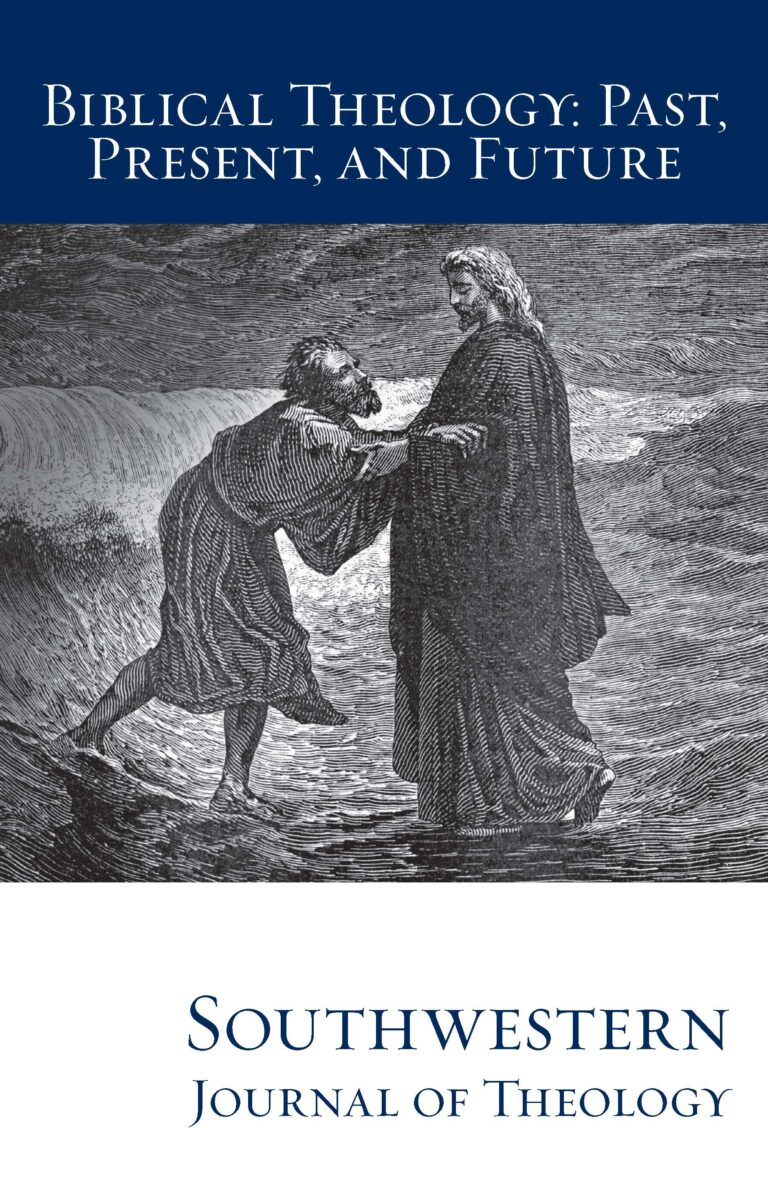
Biblical Theology: Past, Present, and Future (II)
Southwestern Journal of Theology
Volume 56, No. 1 – Fall 2013
Managing Editor: Terry L. Wilder
By Jo Ann Hackett. Peabody: Hendrickson, 2010. 302 pages. Hardcover, $39.95.
Jo Ann Hackett provides a welcome addition to the ever-expanding introductory literature of Biblical Hebrew. This introductory grammar demonstrates the skill of a seasoned grammarian and lexicographer. Intended for a one-semester period (10-15 weeks), A Basic Introduction to Biblical Hebrew makes several unique contributions to the study of the Old Testament.
While the content of her grammar is similar to other introductory works, Hackett’s orientation, linguistic labeling, and descriptions stand apart from earlier grammars in at least four ways. First, she highlights the first-person in her presentation of verbal paradigms (67). Her justification for doing so seems to be pedagogical in that she aligns the paradigm with pronominal suffixes and stays with the familiar order of learning in English (xix). Second, Hackett presents the order of the conjugations in a unique way. She discusses the prefix conjugation (imperfect), and then moves to the imperative, the consecutive preterite, and finally the suffix conjugation (perfect). The purpose of the organization is to provide the proper foundation for discussing the consecutive preterite (xx). Third, as already noted, Hackett uses descriptive labels for conjugations differently than other grammars. While the terms “prefix” and “suffix” are not novel designations, several current introductory grammars continue to label the conjugations as “imperfect” and “perfect,” respectively. Furthermore, Hackett breaks away from the rhetorical pattern of past grammarians by offering a new term, “consecutive preterite.” Fourth, she presents the strong verb by discussing all of the verbal stems (chaps 12-24), after which she explains the weak verb in its various forms (chaps 25-30).
The format of the grammar allows for a user-friendly approach to learning Biblical Hebrew. This is evidenced in the overview and scope paragraphs (chaps 1-6), the single and double lined boxes containing interesting and essential information, and the use of Hebrew numbering system for the chapters. The whole design keeps the student in mind. The exercises concluding each chapter, though artificial, benefit the student greatly. To assist in the exercises, Hackett provides a CD which is particularly important for first-semester language study. On the CD, Hackett and an equally well-known scholar, John Huehnergard, provide most of the pronunciation for the alphabet, vocabulary in each chapter, and Genesis 22:1-19. While these features benefit any introductory Hebrew class, classes that meet only once a week or online courses may profit even more.
Another salient feature of the textbook’s CD is the answer key for the exercises of each chapter. In addition to helping students who are outside of a typical classroom setting, the answer key provides immediate feedback. While an answer key may hinder a lazy or apathetic student, it has the potential to stimulate interest, curiosity, and confidence.
While the pedagogical nature of the work is worthy of praise, there are aspects of the format that could be improved. The dense paragraph laden presentation forces a student to find many of Hackett’s illustrations inside the paragraphs rather than after paragraph-formatted explanations. While it allows for a condensed book, the format makes a brief overview of chapters difficult. Not surprisingly, Hackett’s overall discussion of grammar is appropriately succinct and well-founded. The presentation of the piel stem, however, does not explain the current linguistic evidence well (140). Placing the label “intensive” in the first category within the piel stem may lead students to erroneous conclusions of former generations.
As a first-semester grammar, A Basic Introduction to Biblical Hebrew provides a helpful invitation to the text of the Old Testament. Seminaries that require only two semesters of Biblical Hebrew may benefit from using it as a first-semester text. This structure would allow the second semester to focus on the details of syntax. Despite the work’s clear presentation of grammar, it remains to be seen if scholars will adopt Hackett’s organizational scheme of verbs and her descriptive labels.





